
GOES 16 in the house!
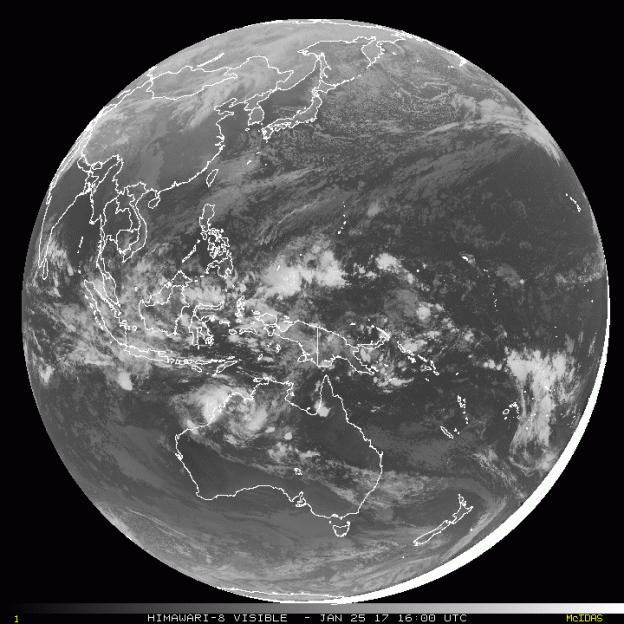
Few *times* ago I started to check on GOES 16 transmissions to see if I can get any data from it and make OpenSatelliteProject work with it. Me and @usa_satcom noticed that the HRIT signal was transmitting using differential encoding that was not predicted on NOAA’s HRIT Specification (You can check it here http://www.goes-r.gov/users/hrit-links.html ). So I decided to send an email to NOAA asking what was the current HRIT specs for GOES-16. Of course I expected no answer from them (they would probably be really busy with GOES-16 Testing), but surprisingly they answered sending the specs and saying that any...
New 2.2m dish from Embrasat!
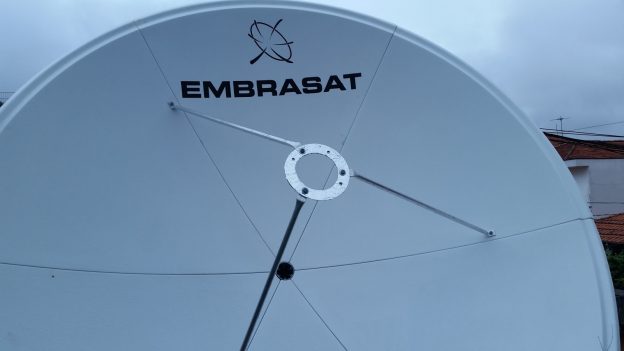
It has been some time since I posted something here about my satellite projects. So now I finished assembling my new dish! Previous (on GOES Satellite Hunt) I use a 1.9m TV dish that was cheap (R$200 or about US$70) and got really nice results (about 6dB SNR on LRIT and 10dB SNR on EMWIN). But I was willing to get the new GRB Signal from GOES-16 (previous named as GOES-R) that went up to Geostationary orbit last month. The GRB is the replacement for the GOES 13/14/15 GVAR signal. Basically GVAR is a rebroadcast of the partially processed data...
My Tesla Coils
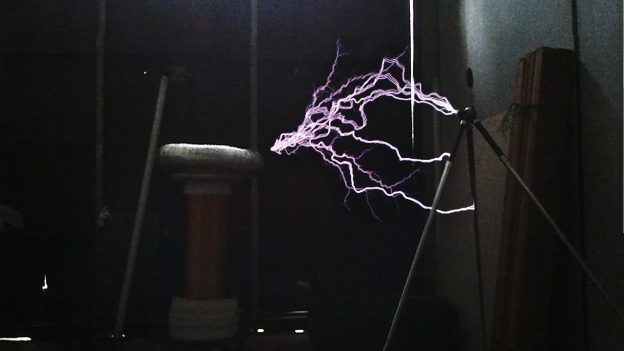
So I added a Page (http://www.teske.net.br/lucas/my-tesla-coils/) with my Tesla Coil Projects. It’s not by far all my videos (or my attempts) but shows some of the projects I did in the past. Checkout if you’re interested in Sparks and Music!
137MHz Bandpass filter for NOAA / Meteor Satellites
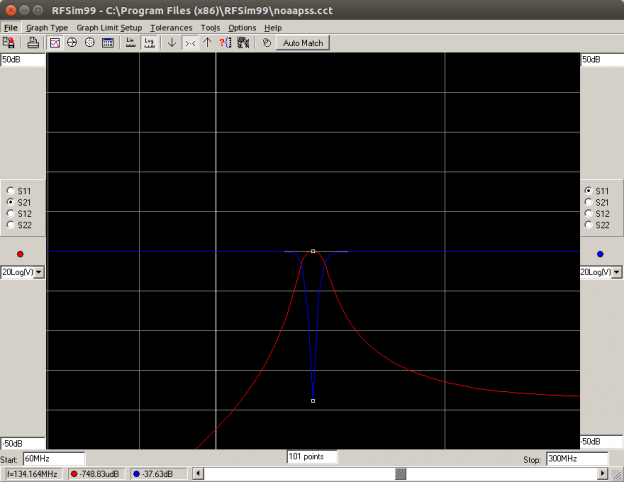
Yesterday I saw a new blog post by Adam (9a4qv) in LNA4ALL. The post (here) talks about a band pass filter he did for Weather Satellites and I decided to try as well. Unfortunately I don’t have a exact match for that components at home, so I tried to do something with the components I have. So the lower value I had for capacitors was 10pF, and the needed values for Adam’s Filter is 1pF, 4.7pF and 15pF. I decided then to use 10 in series to do the 1pF, 2 in series for the 4.7pF (that will be 5pF)...
GOES Satellite Hunt (Part 5 – File Assembler)
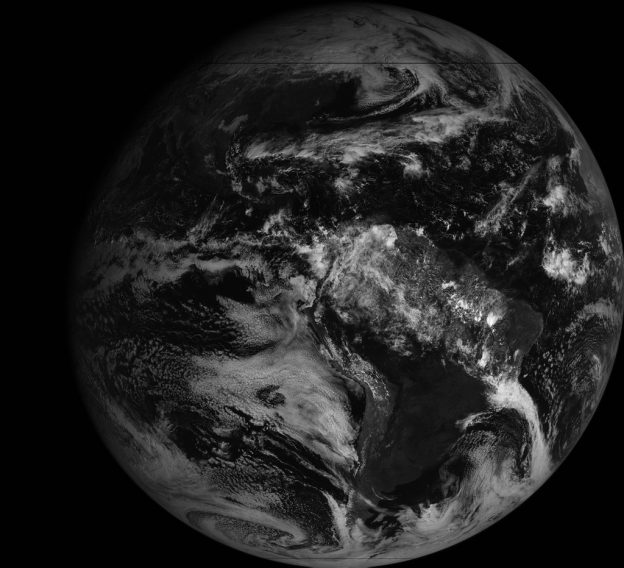
In the last chapter of my GOES Satellite Hunt, I explained how to obtain the packets. In this part I will explain how to aggregate and decompress the packets to generate the LRIT files. This part will be somwhat quick, because most of the hard stuff was already done in the last part. Sadly the decompression algorithm is a modified RICE algorithm, and the Linux version of the library provided by NOAA cannot be used anymore because of incompatibilities between GCC ABIs ( The NOAA library has been compiled with GCC 2). Until I reverse engineer and create a open...